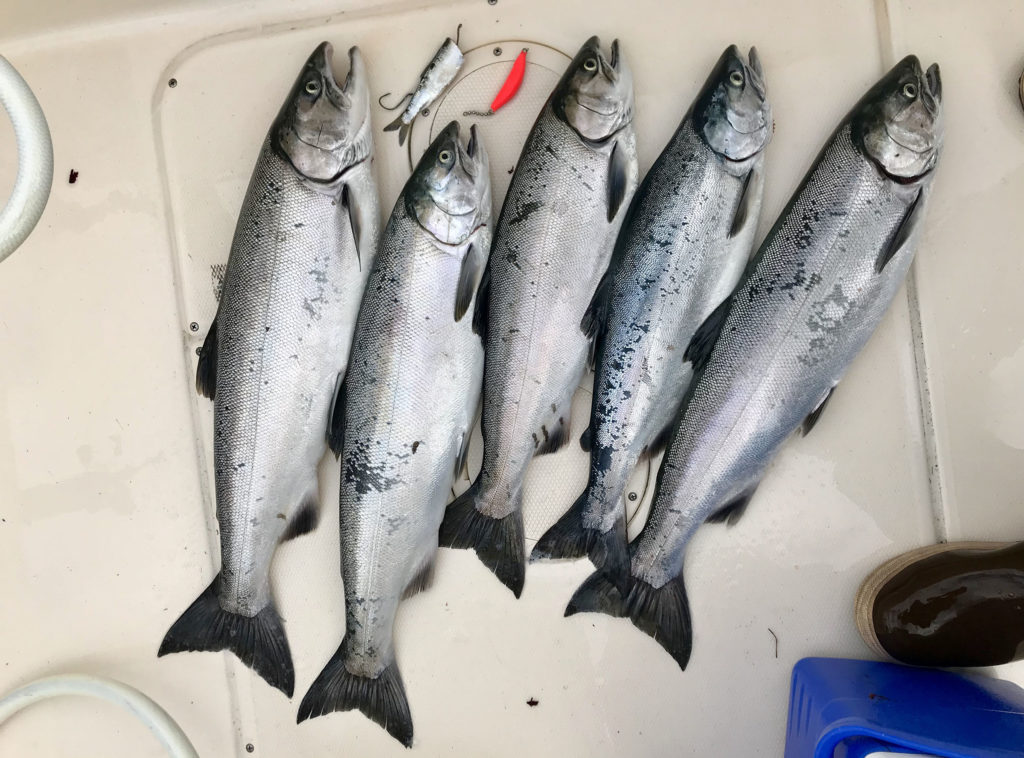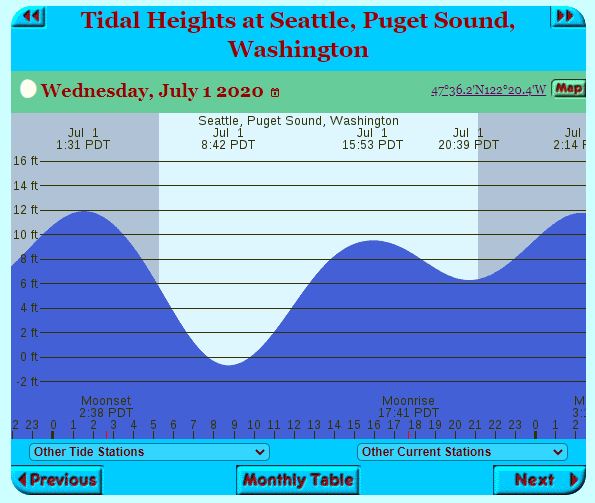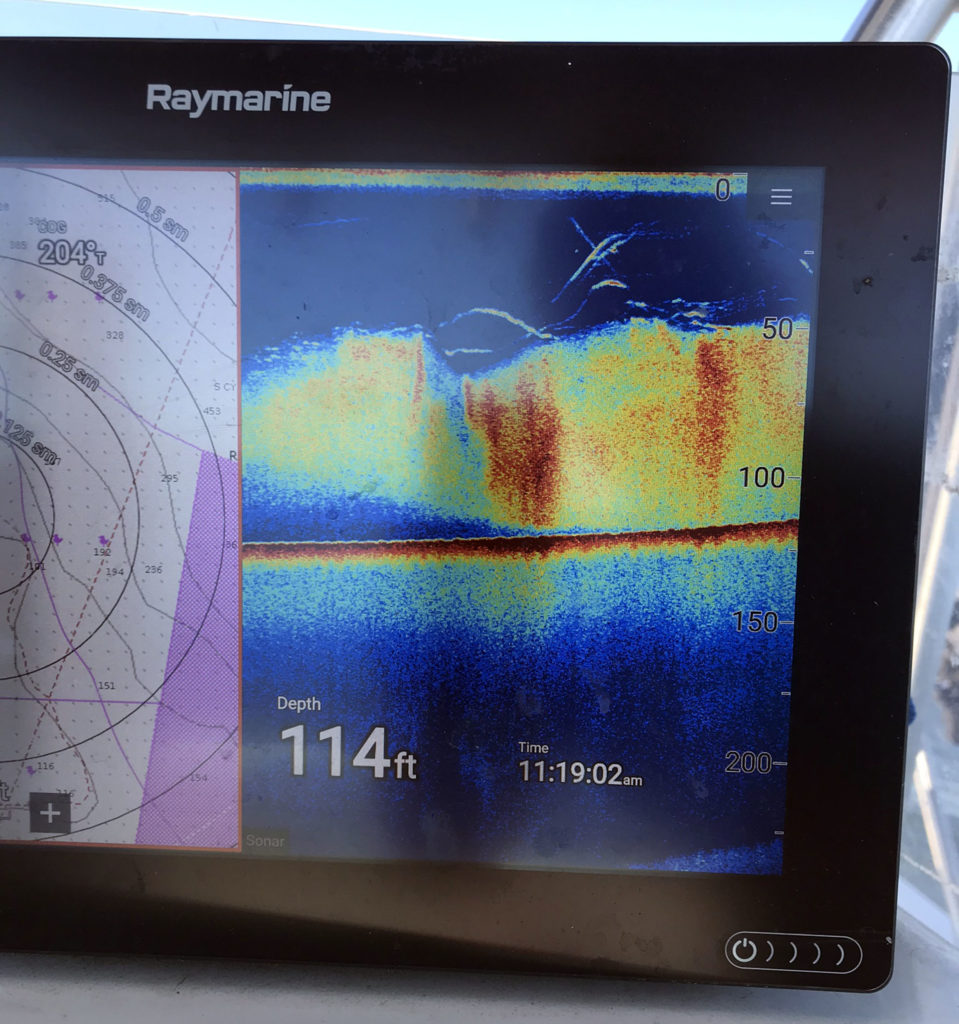Mooching is a classic light tackle fishing technique used to target salmon in saltwater. It involves drifting with the current or wind and vertically jigging a bait like herring near the ocean floor. Mooching allows anglers to cover a wide range of depths to find where salmon are feeding while providing an exciting hands-on fishing experience. Learning how to set up your gear, rig baits, find fish and master the technique takes some practice, but the payoff is hooking into hard fighting salmon on light tackle that you can feel stripping line on every run. This comprehensive guide will teach you everything you need to know about mooching so you can consistently catch more salmon.
Salmon Mooching Gear Overview
The gear needed for mooching is straightforward but optimizing your setup makes a big difference Here’s an overview of what you need
-
Mooching rod: 8’6″ to 10’6″ length with a medium power and moderate fast action. This allows you to cast baits and feel bites while having backbone to fight fish.
-
Line counter reel: Levelwind reels allow you to know exactly how deep you’re fishing. Reels that hold 200+ yards of 15-20 lb test mono work well.
-
Line: 15-20 lb monofilament main line is ideal for abrasion resistance and stretch. For leader, use 20-30 lb fluorocarbon or mono.
-
Sinkers: 3-6 oz torpedo or crescent style mooching sinkers are standard. Bring a range of weights.
-
Leader: 5-8′ leader with 30 lb test and tandem 2/0-5/0 octopus circle hooks. Pre-tied mooching leaders save time.
-
Bait: Whole herring, anchovies, and sardines work well. Herring plug cuts gain extra action.
Preparing Baits for Salmon Mooching
Using fresh bait is ideal but not always possible. Make sure frozen bait is still firm and hasn’t been thawed/refrozen. Keep bait chilled at all times. Here are preparation tips:
-
Thaw bait: Let bait thaw overnight in the fridge or use thawed sea water. Don’t rush thawing in warm water.
-
Add scent: Use scent like Pro-Cure to add extra attraction if desired.
-
Brine bait: A quick brine of 1 cup salt to 1 gallon of water firms up bait. Or use a commercial brine.
-
Cut plugs: Cut head and tail off at angles and hook once through nose and once at top of body.
Rigging Up for Salmon Mooching
Follow these steps to tie up your terminal tackle:
-
Thread main line through sinker slide and attach barrel swivel to end.
-
Tie 5-8′ leader to other end of barrel swivel with tandem hooks.
-
Snap desired weight mooching sinker to sinker slide.
-
Hook bait through nose and top of body so it spins.
-
Check bait spin and adjust hook placement if needed.
Keeping gear simple allows you to change depths and baits quickly to stay on biting fish.
Locating Salmon to Mooch Over
Finding where salmon are feeding is the hardest part. Here are tips for locating fish:
-
Look for baitfish – birds diving and sonar marks indicate baitfish schools salmon feed on.
-
Focus on structure – points, ledges, reefs and underwater humps hold salmon.
-
Watch other anglers – If others are hooking up in an area, join in.
-
Use electronics – Quality fish finders and chart plotters take the guesswork out.
-
Time it right – Fish early, late, and during tide changes for best action.
Mastering the Technique of Salmon Mooching
Once you’re on fish, the real fishing begins. Follow these mooching tips:
-
Set up a smooth drift over areas holding bait and salmon. Use a sea anchor if needed.
-
Drop baits to desired depth, allowing natural sink. Stay focused on gear to prevent tangles.
-
Vary retrieves until you figure out what depth salmon are at. Mooch vertically through water column.
-
Feel for light pickups on bait. Quickly reel down to pick up slack on bite before setting hook.
-
Stay focused. Mooching requires constantly working your bait to trigger reaction bites.
-
Adjust leader lengths and bait sizes to dial in what salmon want that day.
-
Don’t give up if action is slow. Keep adjusting depths and locations until you find biters.
Common Salmon Mooching Mistakes to Avoid
Avoid these common mooching mistakes that reduce success:
-
Not having bait spin properly and missing fish. Take time to rig baits right.
-
Fishing in random locations instead of finding salmon concentrates. Fish where salmon are.
-
Dropping gear too fast causing tangles. Control sink rate, keep line angles wide.
-
Not feeling light pickups and bites. Stay focused on rod and use sensitive gear.
-
Setting the hook too soon on bites instead of first reeling down to load rod.
-
Not adjusting depths and baits to dial in what salmon want. Vary tactics.
Key Takeaways for Mooching Salmon Successfully
To recap, master these essentials and you’ll be hooking salmon in no time:
-
Use the right mooching tackle and keep it in good shape. This technique requires finesse.
-
Take time to properly thaw, brine and rig baits so they spin and look natural.
-
Find where salmon are holding with electronics and by locating baitfish. Fish structure edges.
-
Stay focused on feeling subtle bites and quickly pick up slack line before setting hook.
-
Constantly adjust bait depths until you find the zone salmon are feeding in.
-
Be ready to tweak leaders, sinker weights, and baits until you solve the fishing puzzle.
Mastering the art of mooching just takes getting out on the water and gaining experience feeling those light salmon bites. Follow this guide and you’ll be mooching up salmon successfully in no time! The fight of a big salmon peeling line from your reel on light mooching tackle is a thrill every angler should experience.

Coho Salmon Mooching Spots in Puget Sound
Coho Salmon can be found in Puget Sound year-round, just like Chinook. The Sound’s Resident Coho start the year as juveniles in the South Sound. By June they migrate northward in to Marine Areas 9 and 10 and reach 2-4 pounds. This is usually when we start to target them mooching. They feed aggressively and grow all summer long. By September they are 5 to 8 pounds. By late August, the very first push of Ocean Coho move into Puget Sound, adding to the mix.
Coho can be found out in the shipping lanes in the middle of Admiralty Inlet, but also travel along the beaches of Whidbey Island. Creating a double whammy of mooching fun. You can fish in the open water or tuck in shallow along the beaches to target these fish.
- Fort Casey State Park
- Bush Point
- Lagoon Point
- Possession Bar
- Shipping Lanes anywhere
- Point No Point
Fishing can be great in Marine Area 10 for Resident and Ocean Coho Salmon. Mooching along the top or drop offs of Jeff Head is my go-to, but they can be found just about anywhere!
- Jeff Head
- Outer Kingston Bar
- Meadow Point
- West Point
- Shipping Lanes anywhere

Puget Sound Salmon Mooching Tides
Some of the oldest and saltiest Puget Sound moochers still have things to learn about how the tides affect salmon fishing. I’ll try and hit all the high points but the majority of this knowledge can only be gained by time on the water. I use Dairiki Seattle Tides as my online tide chart.
Semi-Diurnal: Two incoming (flood) tides and two outgoing (ebb) tides each day. Mixed: The height of the high tides is not the same, the height of the low tides is not the same.

This tide chart is a perfect example of our local mixed semi-diurnal tides. In a 24 hour period we have two high and two low tides. Early morning high is at 1:31am at about 12′ high. Within 6 hours the tide will drop over 12′ to an 8:42am low of about -1′. That’s a huge tide exchange! This means that this morning’s strong ebb currents will push up against underwater land masses and stack up any herring in the area into a concentrated zone. As this morning’s tide continues to ebb, the currents will continue to push the bait.
The currents will soften as the tide stops ebbing at the 8:42am tide change, and eventually will pick up steam as the afternoon incoming tide floods in. Most likely, the bait in the morning will be in a completely different area during the afternoon flood.
The bigger the tidal exchange, the more concentrated the bait and the faster it will move. Even on a strong tide, we can usually get in hours of fishing a general area before we need to really move around. Weak tides (like this evening’s ebb), will offer us a little more challenge since we probably won’t find massive amounts of bait. But you never know out in the Sound!

How to Mooch for Salmon (Salmon Mooching)
FAQ
What is the best setup for mooching salmon?
All you do is hook a plug-cut herring to a set of tandem hooks on a 7 or 8-foot leader. Tie the leader to a mooching sinker of four to eight ounces; drop it all in the water and fish it until a salmon rings your bell. This no-brainer illusion quickly evaporates when you fish next to a master of the art.
What is mooching salmon?
Mooching is a very effective tactic because of how closely it imitates a wounded bait fish. Using a mooching rig, the angler slowly lifts and lower the bait – giving it a fluttering motion acts as a wounded fish. It’s not like jigging or popping, it’s simply lifting and placing with a controlled stroke.
What is the best trolling setup for salmon?
Generally, though, it’s good to have a mix of different length medium-light, medium-heavy, and heavy medium-to-fast action rods on board. Line weightings should be between the 20–30 pound mark. When it comes to choosing your reel, it’s simple – trolling reels are the way to go! Opt for a size 300 or higher.
How to salmon fish for beginners?
To start salmon fishing, get a 8ft to 12ft long baitcasting rod in a medium to heavy configuration. then get a good mainline and some good leader material. after get a few Dne (20 gram) floats, split shots, swivels, hooks (size 1 octopus) and some bait.
How do you Mooch a salmon?
The main technique we use majority of the time is called “Mooching”, Mooching for salmon consists of a weight to a 6 foot leader with tandem hooks to a Cut Plug herring. The technique is an active style of fishing where everyone gets their own rod and you will be continuously “working” your bait throughout the water column.
Is mooching a good salmon fishing technique?
Mooching is one of Puget Sound’s original salmon fishing techniques. Mooching has stood the test of time here in Puget Sound. It is one of the oldest salmon fishing techniques that still brings in impressive catches. I prefer mooching over trolling every time I fish Puget Sound. It is super fun and interactive.
What do you need to mooch for salmon?
This is a step-by-step guide that covers everything you need to know about mooching for salmon, with all the information coming from experts. To mooch for salmon, you’ll require the right gear, which includes a rod, reel, line, a mooching sinker, a two-hook leader, and a batch of herring for bait.
